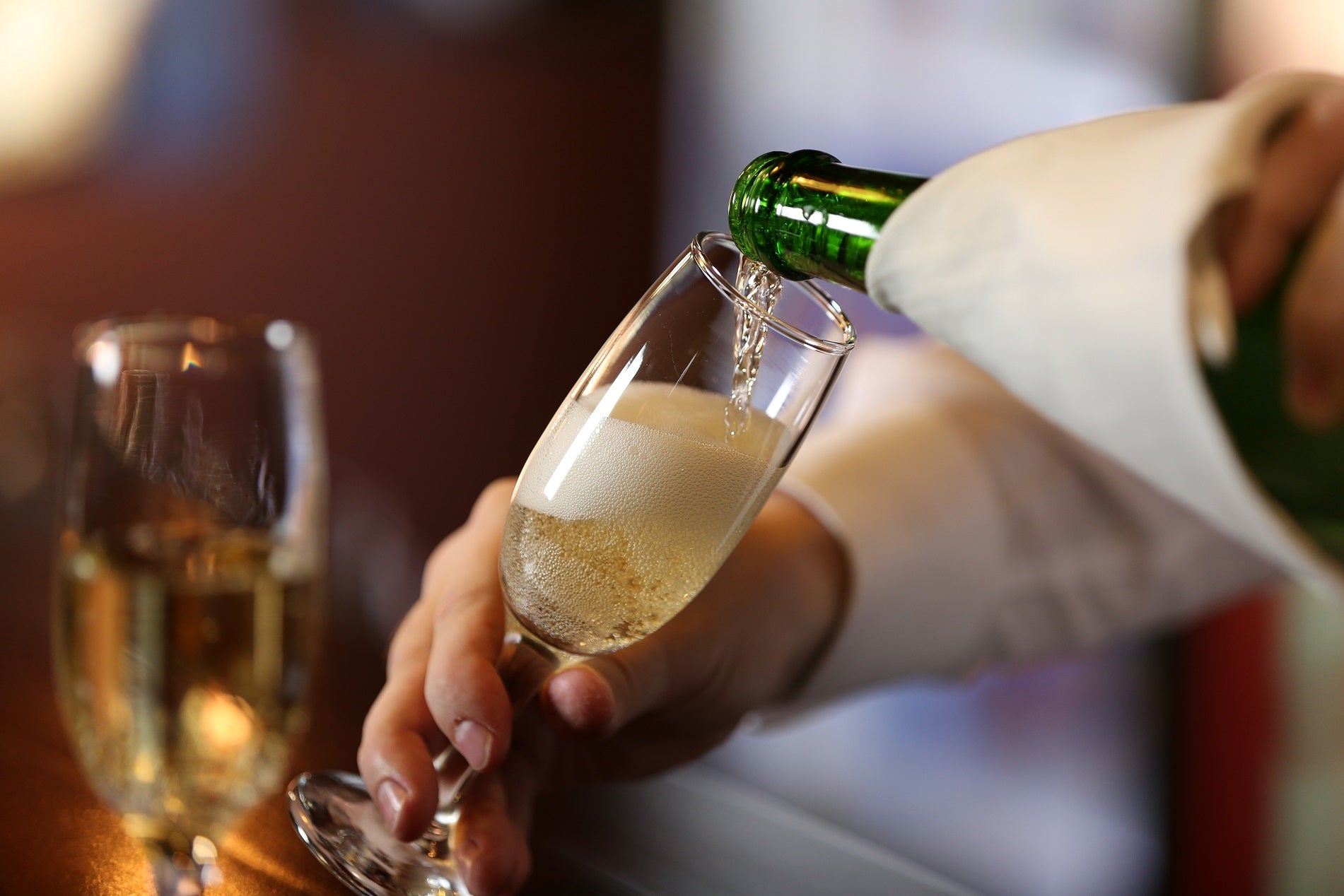
Tuning into the latest set of financial results from major alcoholic drinks players gives much reason for optimism – the trend towards premiumisation appears to show no signs of abating, and – as the threat of the pandemic subsides – both volume and value growth have returned. Since the peak of the pandemic, alcoholic drinks volumes have spiked by 7.3% as of 2022, and are expected to soar even higher by 2026. In value terms, the current global industry size is at US$1.8T, a 10% growth increase from 2021, and is expected to hit US$2.2T in 2026, according to GlobalData forecasts.
Fears over inflationary headwinds are undoubtedly valid – and there has been much talk of the possibility of consumer trade down in the event of a global recession. However, broadly speaking, the outlook looks positive. In GlobalData’s latest report ‘Sector Landscapes 2022: Alcoholic Drinks‘, several themes are identified that will shape the sector in the months and years to come. Here, Just Drinks picks through them to decipher the key-take outs for industry players to consider.

Discover B2B Marketing That Performs
Combine business intelligence and editorial excellence to reach engaged professionals across 36 leading media platforms.
Alcoholic drinks sales will bounce back from the Covid-19 pandemic
As previously outlined, sales of alcoholic beverages are expected to fully recover from the disruption caused by the Covid-19 pandemic. On-trade sales have returned to pre-pandemic levels in most markets, as have total volumes and value figures. At the group’s capital markets day in Paris in June, Pernod Ricard CEO Alexandre Ricard said that the pandemic was “gone from a business point of view”, adding that the Malibu brand owner was above pre-Covid crisis levels by “almost double-digits” in its three key reporting regions.
Between 2022-2026, value is expected to outpace volume growth in all regions due to inflation and ongoing premiumisation trends, although the industry is expected to face challenges in the form of rising commodity prices and the ongoing Russia-Ukraine conflict.
Among the categories of alcoholic drinks, the most significant volume growth will be seen in flavoured alcoholic beverages and non-alcoholic spirits drinks and spirits drinks, with 8.9% and 4.9% CAGR predicted between 2022 and 2026, respectively.
Global multi-national players have the advantage
Despite some evidence that consumer’s were switching towards more locally produced alcoholic drinks products during the pandemic, brand preference remains strongly skewered towards global multi-national brands. Over 40% of global alcoholic beverage shoppers typically shop for products made by these companies. These key industry players are continuing to leverage their market dominance, economies of scale and distribution networks to increase penetration – Diageo has set a goal of reaching 6% total market value share of alcohol by 2030.

US Tariffs are shifting - will you react or anticipate?
Don’t let policy changes catch you off guard. Stay proactive with real-time data and expert analysis.
By GlobalDataMultinational alcoholic drinks companies are continuing to hoover up smaller players to further increase their market share. This June saw Japanese major Sapporo Holdings pick up Stone Brewing – The 9th biggest craft brewer in the US– for US$165m. Beyond this, strategic alliances – such as the partnership between The Boston Beer Co and Beam Suntory – are becoming increasingly commonplace, as alcohol brand owners seek further penetration through entering new categories.
Better-for-you products lead the way
One of the key drivers in the explosion of hard seltzers has been the product’s clean and better-for-you image. The lasting impact of the Covid-19 pandemic is that consumers have become more health oriented and are highly concerned about their physical fitness and mental wellbeing. This trend is also helping to drive the demand for low/no alcohol products, the market for which was worth US10bn in 2021, according to IWSR.
Furthermore, consumers increasingly favour products that have added functionality and benefits. 39% of global consumers consider fortification with vitamins and minerals to be a key driver of purchasing decisions, and as such brands that include these ingredients are likely to win consumer trust and gain conversions accordingly.
Commitment to sustainability is key
Influential figures across the industry, as well as consumers, are increasingly looking for drinks companies to show a clear commitment to sustainable practices. Solidarity with local brands and businesses has also been a key trend during the pandemic and is one that is closely associated with consumers’ sustainable mindset.
Alcoholic drinks companies are responding to this trend by making sustainability and ethics a key cornerstone of their branding strategy. ESG-focused marketing and sustainable packaging solutions are increasingly popular – with beverage brand owners including Carlsberg, Diageo and Pernod Ricard all trialing recyclable or circular packaging technology. As climate change continues to cause more disruption to consumer’s day-to-day lives, sustainability will continue become more of a factor in their purchasing decisions.
Innovative ingredients are making inroads
In 2022, GlobalData insight revealed a growing trend towards using a variety of fruits and vegetables in cocktails. This is thought to be partially driven by enhancing the flavour profile of these drinks, but also due to the fact these ingredients have a perceived nutritional benefit. As such, brands need to deepen their focus and claims on health and wellness across the categories they offer to appeal to consumers who are conscious of their lifestyles and overall health.
More broadly, fruity flavours are appealing across drinks categories – particularly in wine, where 16% of consumers globally find these flavours appealing. Another trend identified by GlobalData in its Innovation Update Q2 2022: Beverages digest earlier this year was a preference towards sweet flavours, with one in five of global consumers now stating that they prefer these in alcoholic drinks.
What are the biggest trends in beverages?





